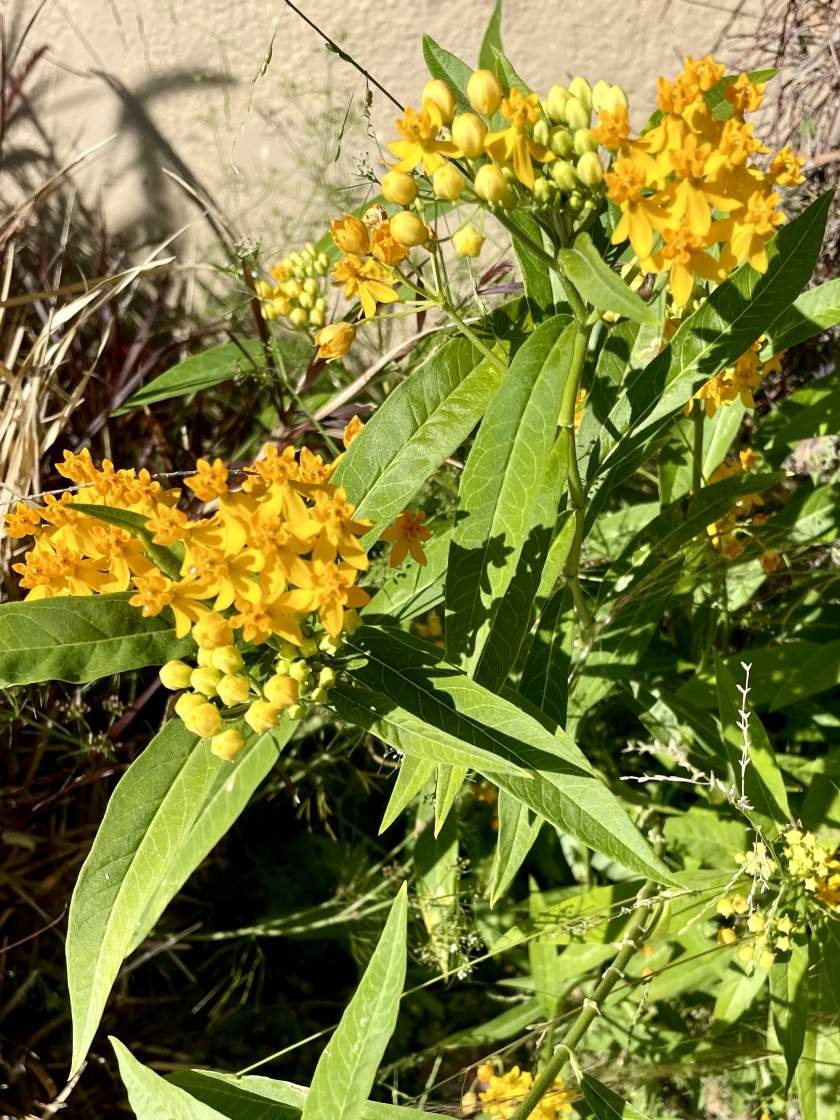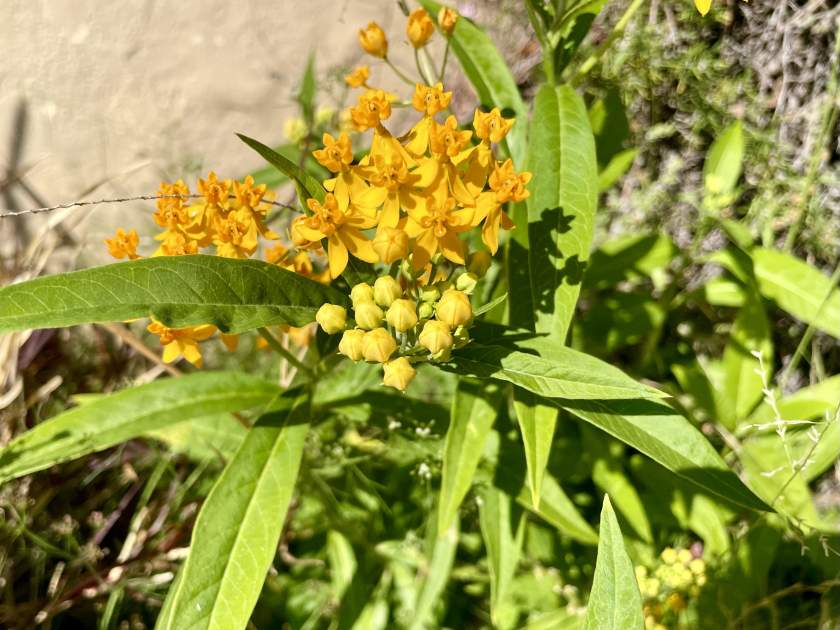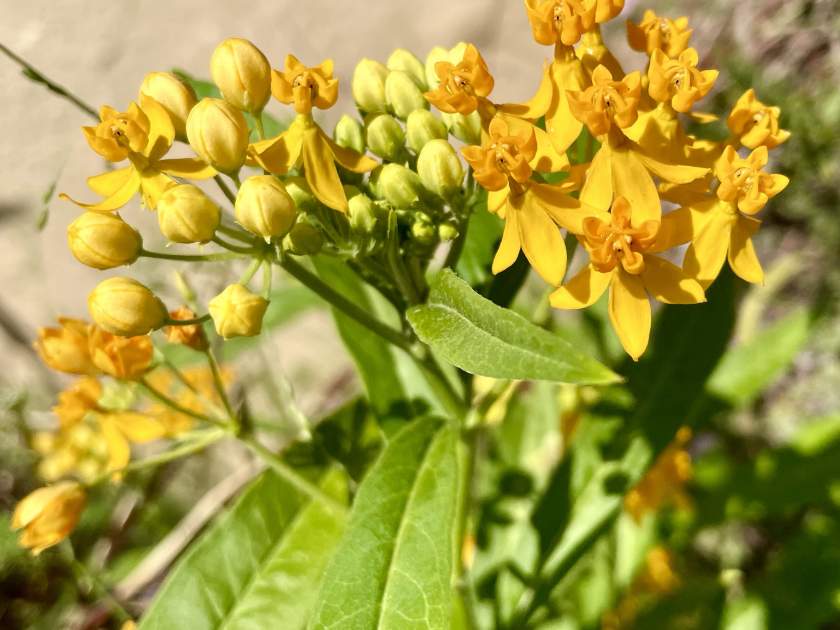Asclepias tuberosa: The Vibrant Butterfly Weed for Your Garden
Butterfly Weed, also known as Asclepias tuberosa or Pleurisy Root, is a captivating perennial plant native to North America. Belonging to the Apocynaceae or Dogbane family, it holds a special place as the host plant for the Monarch butterfly. With its tall, upright growth and stunning bright orange flowers, Butterfly Weed adds a splash of color and attracts a variety of pollinators to your garden.
A Dazzling Display of Flowers and a Haven for Pollinators
Asclepias tuberosa stands tall, reaching heights of 3-4 feet, making it a prominent feature in any garden or landscape. The plant boasts beautiful clusters of bright orange flowers that bloom from June to August, creating a vibrant spectacle. These flowers are not only a delight for the eyes but also a favorite nectar source for butterflies and bees. By incorporating Butterfly Weed into your garden, you can create a haven for these important pollinators.
Origins and Background
Asclepias tuberosa is native to the eastern and southern regions of the United States. This stunning perennial has a long-standing history, with its roots tracing back to the natural landscapes of North America. While the exact date of its first publication is not available, its beauty and ecological significance have been appreciated for generations.
Cultivation of Asclepias tuberosa: Bringing Butterfly Weed to Life
If you’re considering cultivating Butterfly Weed in your garden, here are some key factors to keep in mind:
Sunlight: Asclepias tuberosa thrives in full sun, making it an excellent choice for areas that receive direct sunlight for a significant portion of the day.
Watering: While Butterfly Weed is drought-tolerant once established, it benefits from regular watering during the first year. Adequate moisture during its initial growth stages will help it establish a strong root system.
Soil: Well-drained soil enriched with organic matter is ideal for Butterfly Weed. Sandy loam soil provides the perfect balance, allowing the plant to flourish.
Pests and Diseases: Asclepias tuberosa displays relative resistance to pests and diseases. However, aphids and milkweed bugs can occasionally pose a threat. Regular inspection and appropriate pest control measures will help maintain the health of your plants.
Propagation: Growing Your Butterfly Weed
Butterfly Weed can be propagated through two primary methods: seeds and root cuttings.
Propagation by Seed: Sow the seeds in the fall or early spring, planting them about half an inch deep and spacing them 1-2 inches apart. Germination typically occurs within 2-4 weeks, and with time, your garden will come alive with these vibrant beauties.
Propagation by Root Cuttings: In the fall, take 2-inch sections of the taproot and plant them vertically, ensuring the area remains moist. This method offers an alternative approach to propagating Butterfly Weed and expanding its presence in your garden.
Characteristics and Benefits
Asclepias tuberosa is cherished for more than just its visual appeal. Here are some additional characteristics and benefits of Butterfly Weed:
- Unlike many other milkweed species, Butterfly Weed does not possess milky-sapped stems.
- It produces spindle-shaped seed pods, which can reach 3-6 inches in length. These pods split open when ripe, releasing numerous silky-tailed seeds. The seed pods themselves are highly valued for use in dried flower arrangements.
- The plant has a long bloom period, extending from late spring throughout the summer, providing a continuous supply of nectar for butterflies and other pollinators.
- Butterfly Weed serves as a crucial food source for monarch butterfly larvae (caterpillars), supporting their development and contributing to their survival.
- Pleurisy root, another common name for Butterfly Weed, reflects its historical medicinal use in treating lung inflammations, showcasing its potential health benefits.
Embrace the Beauty of Asclepias tuberosa in Your Garden
With its captivating orange flowers, ecological significance, and potential health benefits, Asclepias tuberosa, or Butterfly Weed, proves to be an enchanting addition to gardens and landscapes. By cultivating this vibrant perennial, you not only enhance the visual appeal of your outdoor space but also contribute to the conservation of pollinators and the intricate balance of nature.
Asclepias tuberosa: Cultivating Nature’s Colorful Haven, One Butterfly Weed at a Time






